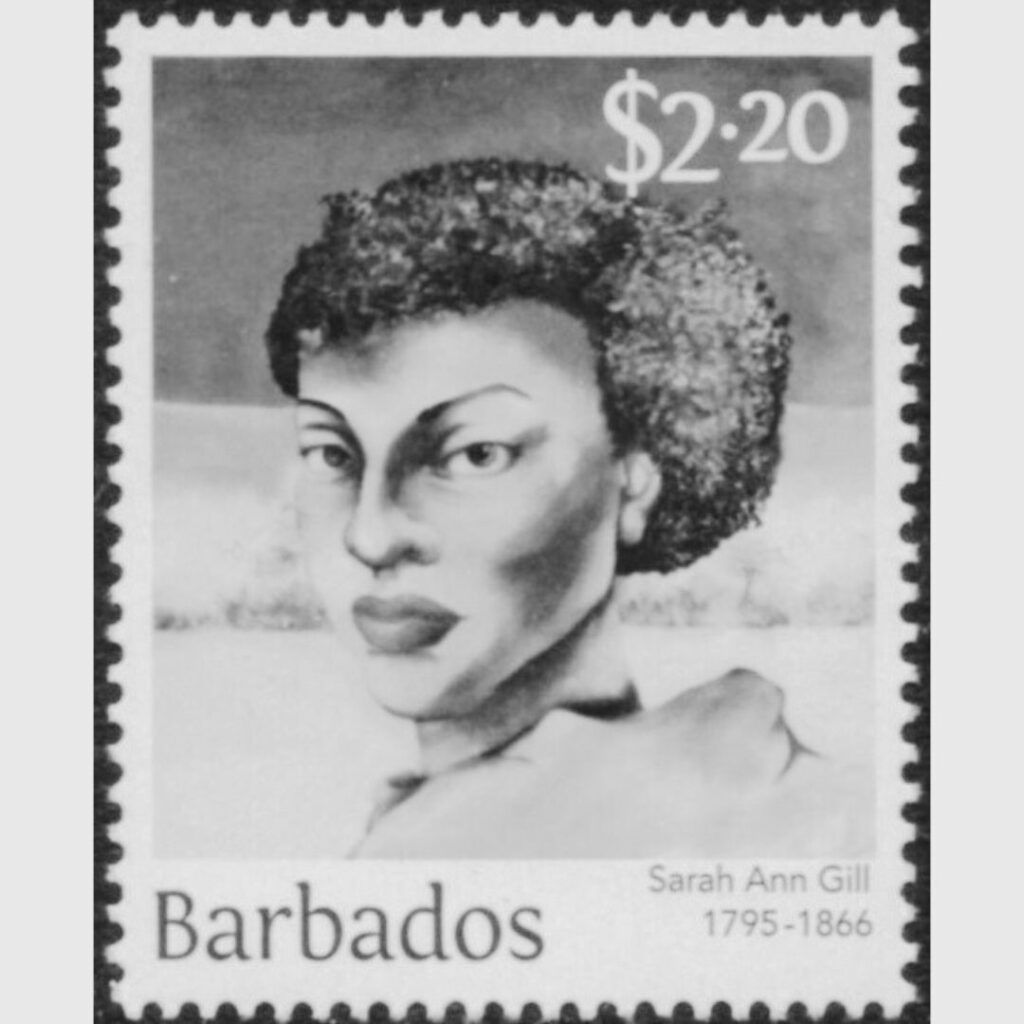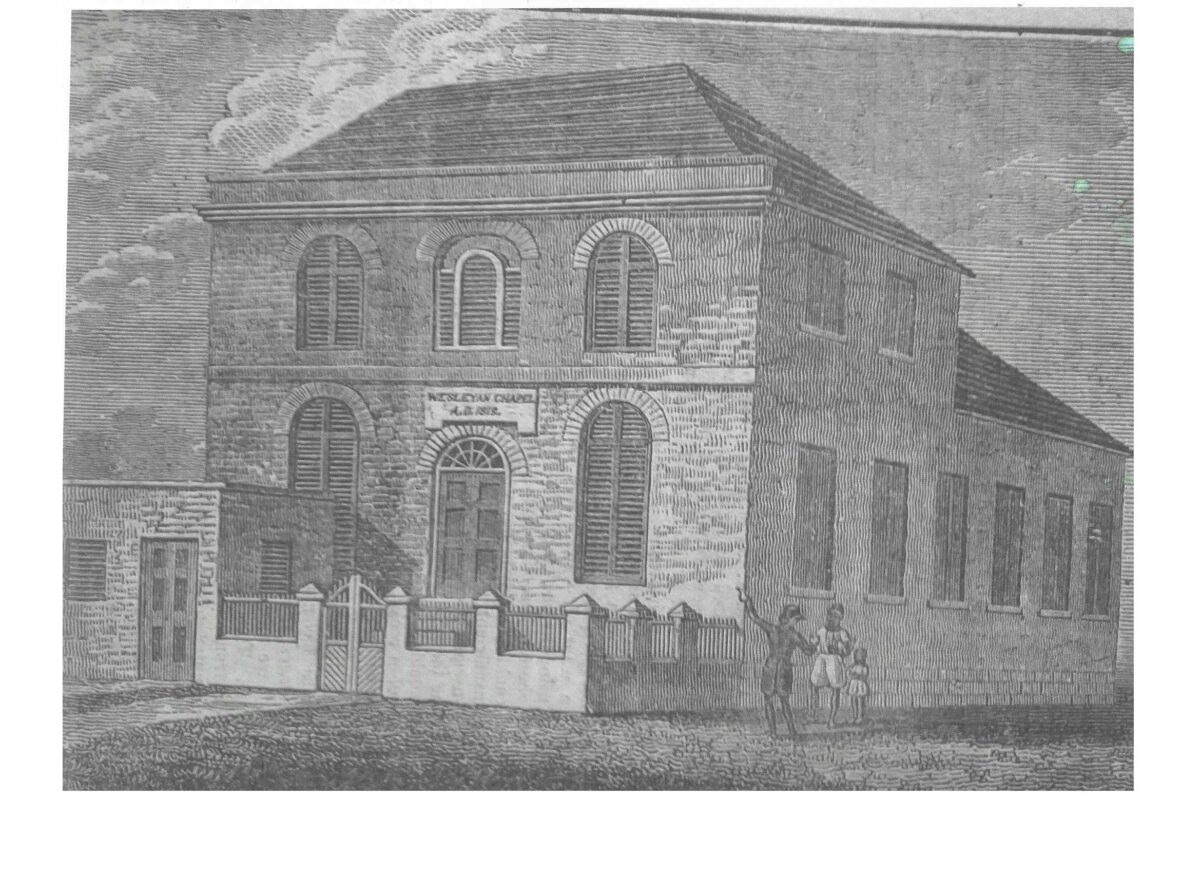In the year 1823, the horrific story of religious intolerance against the Methodist congregation, played out on consecutive Sunday evenings across a three-week period over October 5th, 12th, and 19th.
The situation concluded on Sunday evening October 19th with the total destruction of the Methodist Chapel at Chapel Street in the capital of Bridgetown.

The House of God was set upon by an angry, adversarial mob of antagonists who were at odds with the teachings and principal operations of the Methodist faith. They catered to teaching the gospel to all people regardless of race, class, socioeconomic standing, or religious persuasion. Unlike the state church, the main religious body, Methodists believed that the truth of the gospel should be made available to all. Additionally, Reverend James William Shrewsbury, the leader of the Methodist Chapel on Chapel Street was a vocal contender for the faith and believed in true adherence to that faith. As a result of engaging the local society on those levels, and speaking out against the ills of the society, Rev. Shrewsbury and his church were targeted and made to feel the ire of the mob violence as they picked the Chapel down. In the wake of these events, the Reverend and his wife were forced to flee the island, abandoning his church and congregation.

Ann Gill, a member of the church, also contending for the faith, would take up the mantel to keep the group together and for her efforts she would become the next target of the mob. They persecuted her by constantly bombarding her property and threatening to burn her and her young sons out. The authorities orchestrated a relentless campaign against her, which included regularly dragging her before the law courts. She ultimately stood up against the status quo and took action that eventually brought religious intolerance to its knees. Ann Gill continued to support her Methodist congregation in Bridgetown and ultimately sold a parcel of land at James Street, a very short distance away from Chapel Street. To facilitate the construction of a new chapel. This she did by selling the property to the church at a miniscule amount, and providing a loan for the construction of the new chapel, which was completed in 1831.

Today, this is the second Methodist Chapel since 1823 to occupy the new location.

